Toyota’s CUE6 robot sets a record with an 80.6-ft basketball shot, showcasing AI innovation.
Toyota’s AI robot CUE6 set a GWR with an 80.6-ft basketball shot, showcasing advanced precision and years of innovation in robotics.
Toyota’s CUE6 robot sets a record with an 80.6-ft basketball shot, showcasing AI innovation.
Toyota’s AI robot CUE6 set a GWR with an 80.6-ft basketball shot, showcasing advanced precision and years of innovation in robotics.
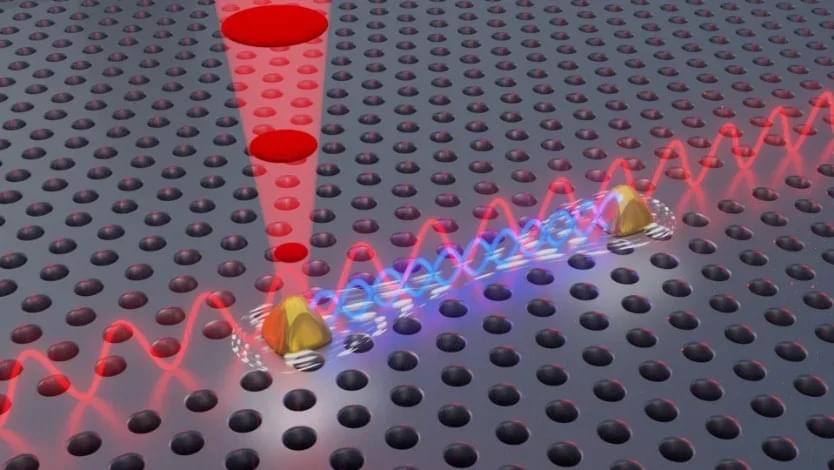
A persistent challenge in quantum research has been overcome by scientists at the University of Copenhagen in collaboration with Ruhr University Bochum. They have successfully achieved control over two quantum light sources simultaneously—a feat previously limited to just one.
This breakthrough might appear modest to those outside the realm of quantum mechanics, but it marks a pivotal moment in the field. By enabling the creation of quantum mechanical entanglement, this advancement opens the door to transformative commercial technologies.
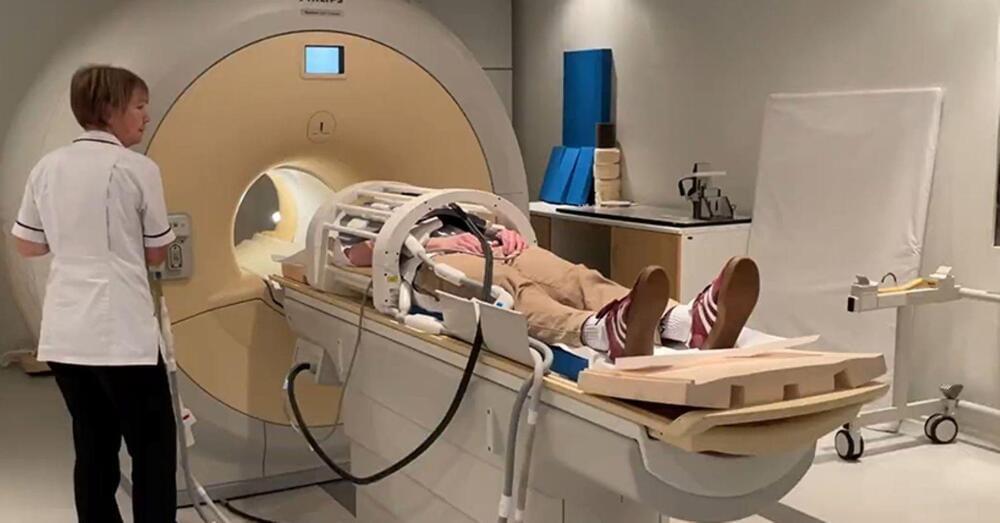
Scientists at Newcastle University have created a new lung scanning method that shows real-time changes in lung function. This technique tracks airflow in and out of the lungs, particularly in patients with asthma, chronic obstructive pulmonary disease (COPD), or those who have had a lung transplant. This innovation could help doctors detect declines in lung function earlier.
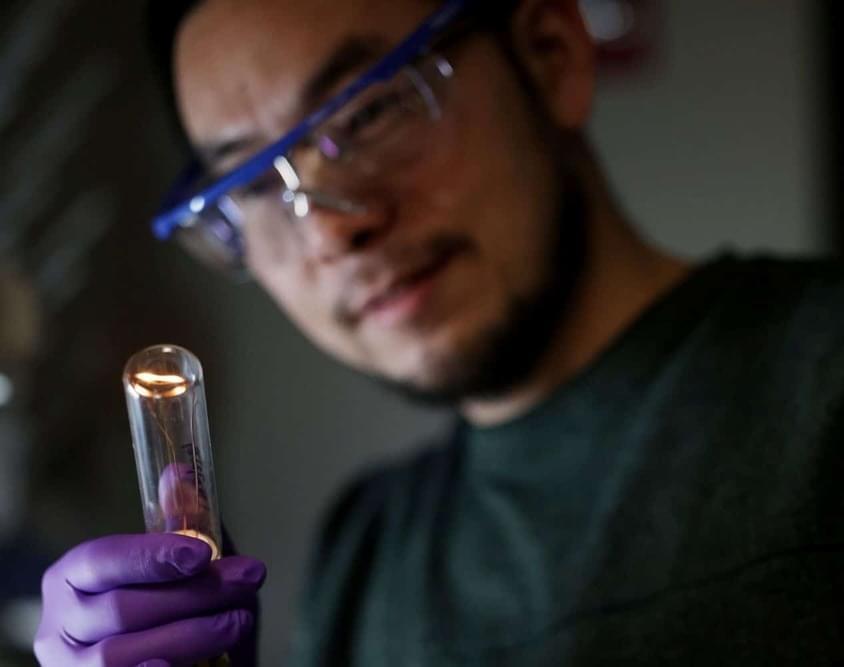
Researchers at the University of Michigan have developed a method to generate bright, twisted light using technology similar to an Edison light bulb. This breakthrough overcomes the challenges of producing twisted light with sufficient brightness using traditional methods like electron or photon luminescence.

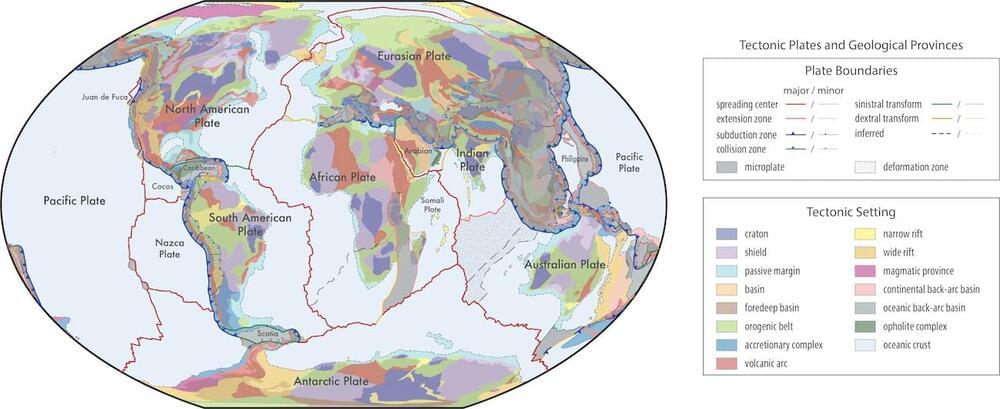
These models are poised to become a standard for classifying geological data across various databases. The models are freely available and open-source, allowing for continual updates and improvements from the geoscience community. This initiative fosters an adaptable and interactive environment, crucial for enhancing our understanding of Earth’s geological history, especially the Mesoproterozoic era and older periods.
A significant innovation is the transition from traditional raster maps to vector format shapefiles. This shift allows for seamless integration of geological data, offering a more nuanced understanding of Earth’s geological fabric. The vector format ensures that each polygon, line, or point can possess multiple unique attributes, enabling a detailed and multidimensional representation of geological features.
In essence, the work paves the way for more precise and comprehensive geological and tectonic models. This is a crucial step towards better predicting and understanding the Earth’s future.

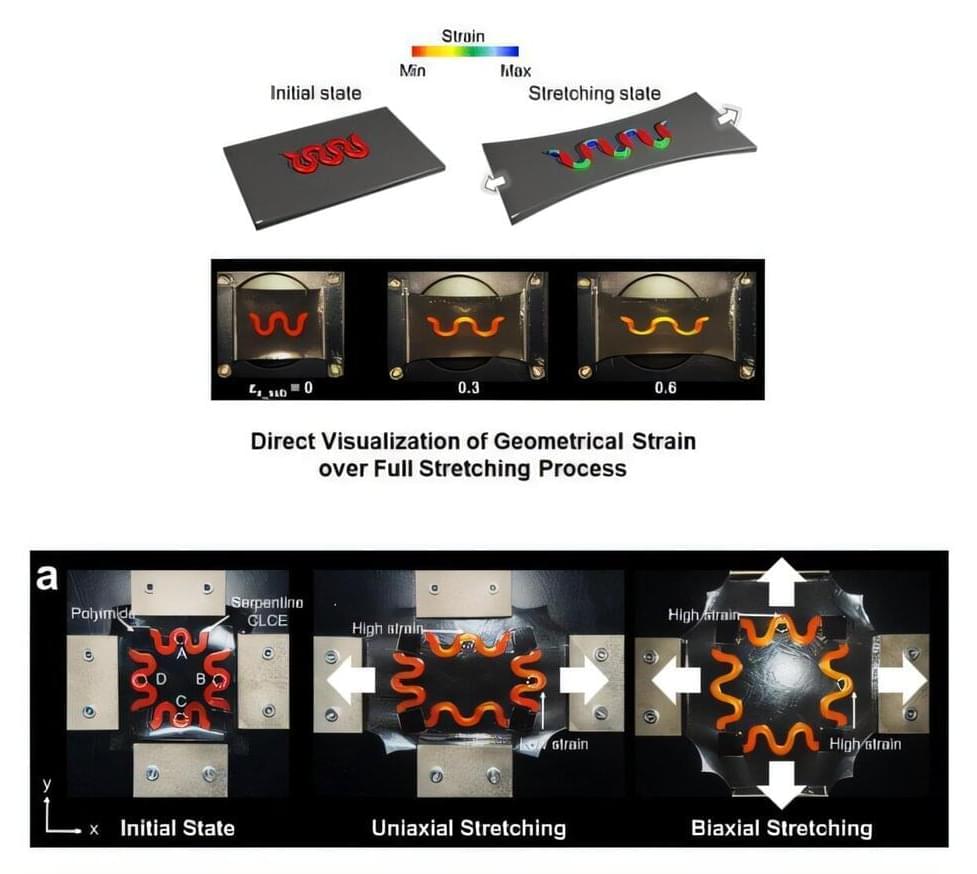

The world of artificial intelligence (AI) has made remarkable strides in recent years, particularly in understanding human language. At the heart of this revolution is the Transformer model, a core innovation that allows large language models (LLMs) to process and understand language with an efficiency that previous models could only dream of. But how do Transformers work? To explain this, let’s take a journey through their inner workings, using stories and analogies to make the complex concepts easier to grasp.
